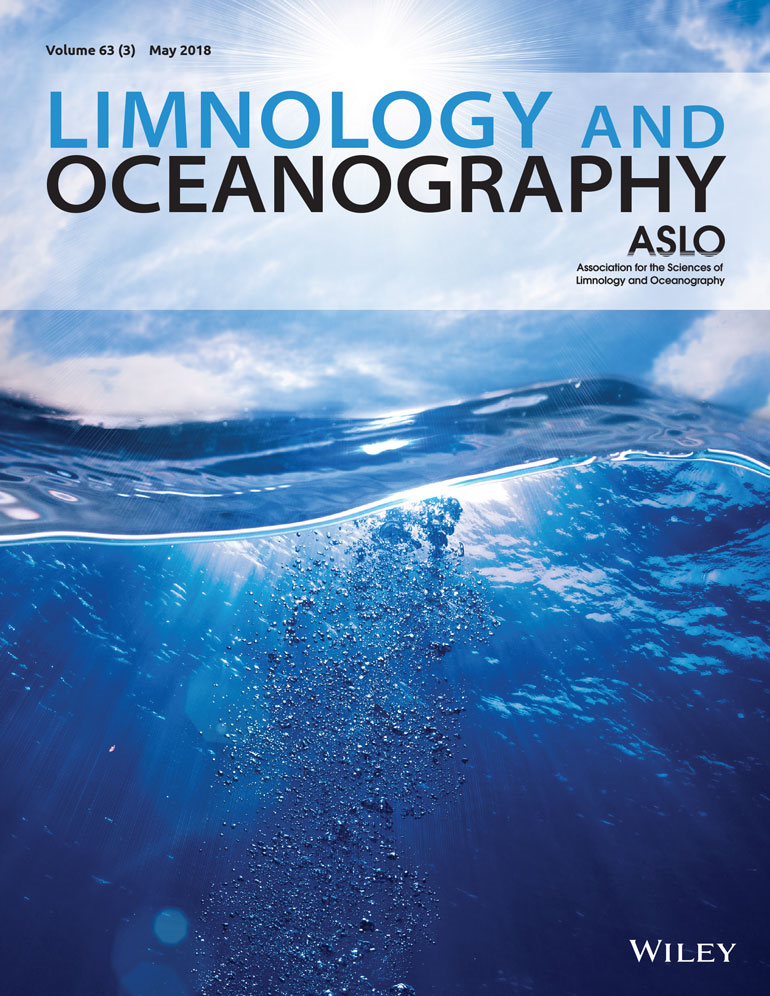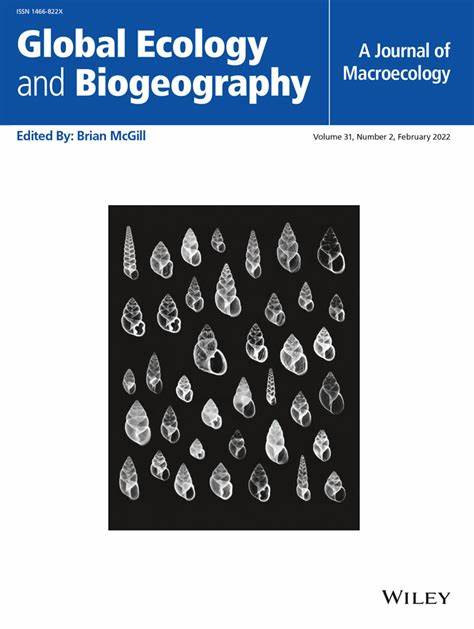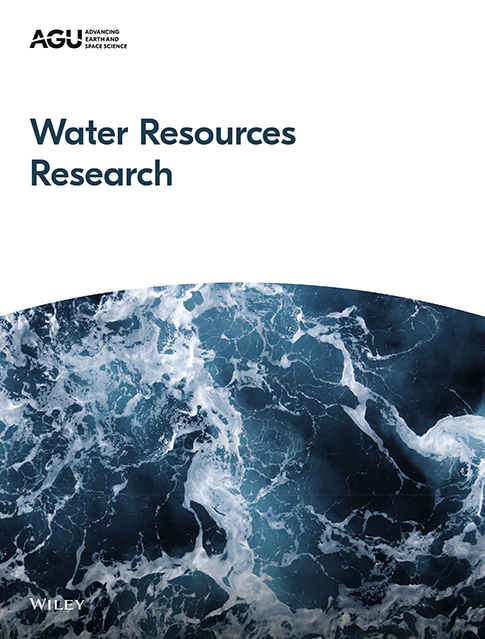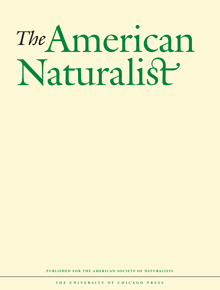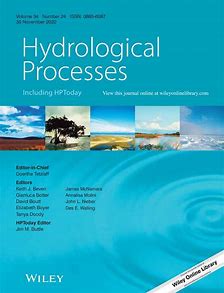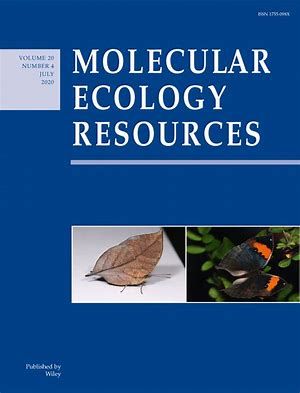Societal extinction of species
When the last individual dies, species not only disappear from our planet. They also disappear from our collective memory, from our cultures and discourses. Researchers have now studied the process.
Geochemical focusing and burial of sedimentary iron, manganese, and phosphorus during lake eutrophication
From the distribution of manganese, iron and phosphorus within sediment cores from 11 water depths of Lake Arendsee, changes in the trophic state and oxygen conditions could be reconstructed. The redox-controlled geochemical focussing induced authigenic vivianite formation under oligo-mesotrophic conditions about 100 years ago, resulting locally in strongly increased burial phosphorus deposition.
Incongruent latitudinal patterns of taxonomic, phylogenetic and functional diversity reveal different drivers of caddisfly community assembly across spatial scales
The authors explored the contributions of local vs regional processes and historical vs contemporary factors in establishing macroecological patterns, by assessing the distribution of taxonomic, functional and phylogenetic diversity of caddisfly across the latitudinal gradient in Europe. This shows the importance of regional environmental filtering and the origin of northern communities.
Antecedent lake conditions shape resistance and resilience of a shallow lake ecosystem following extreme wind storms
The goal was to develop a systematic, standardized and quantitative methodology for the synthesis of resistance and resilience relative to short-term lake and extreme storm conditions. Resistance and resilience following extreme storms are primarily shaped by antecedent turbidity and thermal conditions. Increased storm intensity and duration diminish resistance and resilience of the lake.
Spatial variability of radon production rates in an alluvial aquifer affects travel time estimates of groundwater originating from a losing stream
Radon in surface water is mostly used to localise and quantify groundwater discharge. The study presents the opposite approach and use radon to estimate travel times of infiltrated surface water in the aquifer. The spatial heterogeneity of radon production rates complicates this approach, but the problems can be overcome by additionally considering temperature and hydraulic heads.
Evolutionary impact of size-selective harvesting on shoaling behavior: individual-level mechanisms and possible consequences for natural and fishing mortality
The authors present a multigeneration harvest selection experiment with zebrafish as a model to understand the effects of size-selective harvesting on shoaling behavior. Using high-resolution tracking of fish behavior with computational agent-based modeling, they show that shoal cohesion changed in the direction expected by a trade-off between individual vigilance and the use of social cues.
Cross-continental importance of CH4 emissions from dry inland-waters
Despite significant progress in quantifying greenhouse gas emissions from dry inland waters, little is known about methane (CH4). The authors determined CH4 emissions from dry sediments across continents and found that the CH4 contribution ranged from 10 to 21% of the equivalent CO2 emissions. Therefore, CH4 emissions from dry inland waters should be considered for the global carbon cycle.
Predator group composition indirectly influences food web dynamics through predator growth rates
The authors aimed to find empirical support for the theoretically predicted effect of intraspecific behavioral variation on food web dynamics and ecosystem function. In pond experiments, there was no effect of behavioral variation of predators on dynamics of lower trophic levels, but predator mass varied according to group composition, and hence was a strong predictor of food web effects.
Estimates of water partitioning in complex urban landscapes with isotope-aided ecohydrological modelling
The authors used isotopes in an ecohydrological model to estimate evapotranspiration (ET) from the landscape of Berlin. This resolved components of ET and quantified transpiration, soil evaporation and evaporation of vegetation-intercepted water. Transpiration from tree-covered areas dominates; with ~80% of ET for urban cooling coming from woodland green spaces covering ~25% of the urban area.
Refining the evolutionary time machine: an assessment of whole genome amplification using single historical Daphnia eggs
Aquatic sediments contain eggbanks of invertebrates such as the waterflea Daphnia, a keystone freshwater herbivore. These "time capsules" uniquely allow observation of genomic evolution over centuries. To bypass the problem of minute DNA amounts in individual eggs, the authors developed a whole genome amplification workflow, and show its utility to sequence full genomes of centuries-old eggs.



